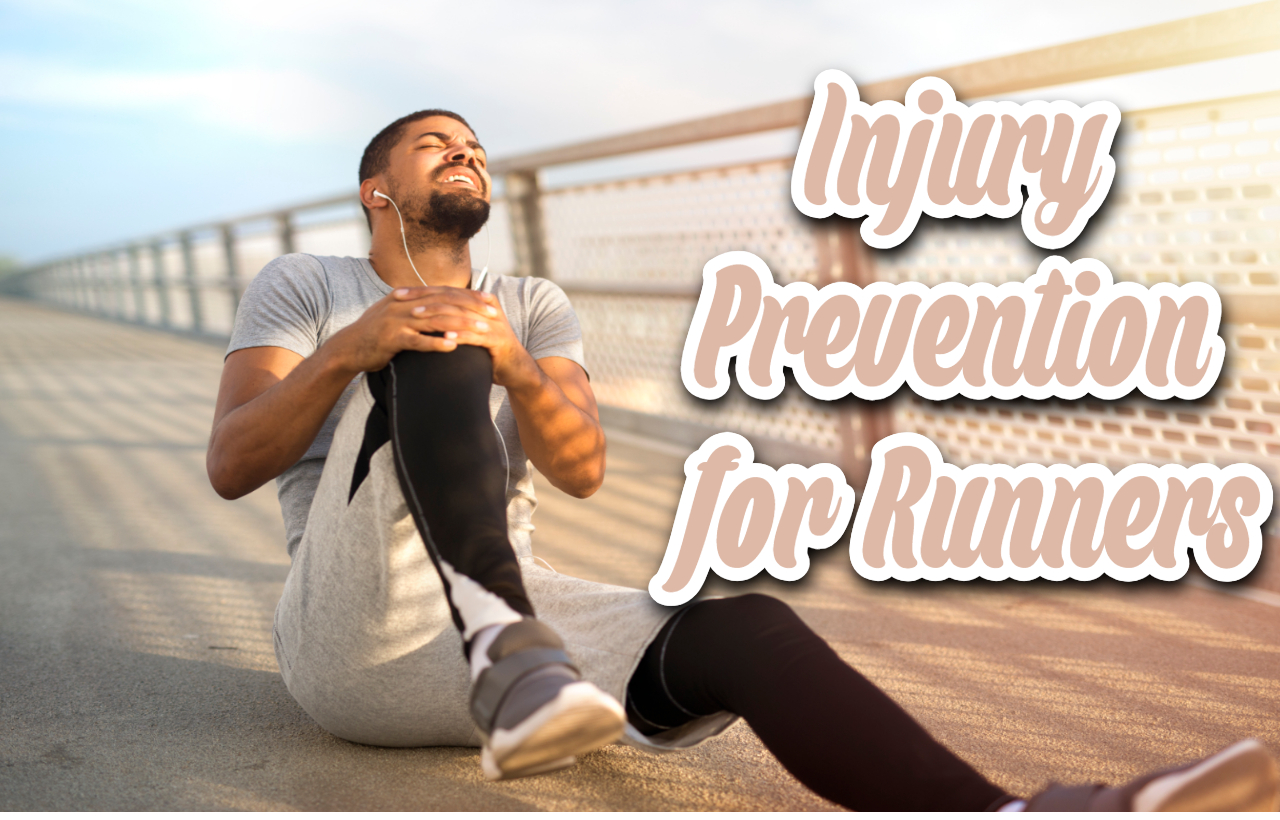Running is one of the most accessible and rewarding forms of exercise. However, without proper precautions, it can lead to injuries that hinder progress and affect overall health. This comprehensive guide will provide you with effective strategies for injury prevention for runners, including tips on avoiding common injuries and strengthening your body for optimal performance. Whether you’re a beginner or a seasoned runner, these insights will help keep you injury-free.
Why Injury Prevention Matters for Runners
Running injuries can stem from various causes, including improper technique, inadequate preparation, or overtraining. Addressing these issues is crucial for maintaining long-term health and performance. Some common beginner running injuries include shin splints, plantar fasciitis, and runner’s knee. By following best practices for physical injury prevention for runners, you can enjoy your runs without setbacks.
Common Running Injuries and Their Causes
| Injury Type | Cause | Prevention Tips |
|---|---|---|
| Shin Splints | Overuse or improper footwear | Gradually increase mileage; wear supportive shoes. |
| Plantar Fasciitis | Overloading the plantar fascia | Stretch calves and arches; use orthotic insoles. |
| Runner’s Knee | Misalignment or weak quadriceps | Strengthen thigh muscles; maintain proper form. |
| Achilles Tendinitis | Tight calf muscles; overtraining | Stretch calves regularly; avoid excessive mileage. |
| Stress Fractures | Sudden increase in activity | Follow a progressive training plan; prioritize rest. |
| IT Band Syndrome | Tight or overused iliotibial band | Foam roll IT band; improve hip strength. |
Knowing the common beginner running injuries and their causes can help you take proactive steps to avoid them.
List of 10 Things You Do to Prevent Running Injuries
- Wear Proper Footwear: Invest in running shoes designed for your foot type.
- Follow a Training Plan: Gradually increase intensity and mileage.
- Warm Up Properly: Start each run with dynamic stretches.
- Cool Down and Stretch: Post-run stretching helps maintain flexibility.
- Strength Training for Running Injury Prevention: Build muscle strength to support your joints.
- Monitor Your Running Form: Keep your posture upright and avoid overstriding.
- Listen to Your Body: Address discomfort early to prevent major injuries.
- Hydrate and Fuel Adequately: Proper nutrition aids recovery and performance.
- Incorporate Rest Days: Allow your body to recover and rebuild.
- Use Supportive Gear: Consider orthotics or braces if recommended.
These practices can significantly lower your risk of encountering running injuries lower leg and other common issues.
Tips to Avoid Injuries While Running
For those wondering how to avoid injury running (even explored on forums like Reddit), a combination of preparation and recovery is essential. One of the most frequent inquiries on platforms like “how to avoid injury running Reddit” threads is about balancing intensity with rest. Here’s how:
- Gradual Progression: Avoid sudden increases in distance or speed.
- Strengthen Supporting Muscles: Exercises like lunges, squats, and calf raises can prevent common running injuries foot and leg issues.
- Cross-Train: Incorporate activities like cycling or swimming to reduce repetitive strain.

Strength Training and Flexibility for Runners
Strength training is invaluable for runners. Weak muscles can lead to overcompensation and injuries. Focusing on key areas such as the hips, glutes, and calves can minimize the risk of the worst running injuries. A few exercises for strength training for running injury prevention include:
- Single-Leg Deadlifts: Improves balance and lower-body strength.
- Glute Bridges: Strengthens the glutes and relieves pressure on the knees.
- Plank Variations: Enhances core stability.
Stretching complements strength training by improving flexibility and reducing tightness in overused muscles.
Injury Prevention for Runners PDF Resources
To consolidate your knowledge, consider downloading a well-organized injury prevention for runners PDF. These resources often include visual guides for stretches, strengthening exercises, and training schedules tailored to avoid injuries.
Importance of Listening to Your Body
Running through pain can turn minor issues into serious injuries. Understanding early signs like discomfort in your running injuries lower leg or foot can help you seek timely intervention. Consulting a healthcare professional for persistent pain ensures you address underlying problems.
Frequently Asked Questions (FAQs)
Q1: What are the most common beginner running injuries?
Shin splints, plantar fasciitis, and runner’s knee are prevalent among new runners.
Q2: Can strength training reduce running injuries?
Yes, strength training for running injury prevention enhances muscle stability, reducing strain on joints.
Q3: How can I avoid the worst running injuries?
Gradually increase mileage, maintain proper form, and prioritize rest days.
Q4: Are there any specific exercises to prevent common running injuries foot issues?
Toe curls, calf raises, and foot stretches are excellent for foot strength and flexibility.
Q5: What should be included in an injury prevention for runners PDF?
A comprehensive PDF should feature warm-up routines, strengthening exercises, and injury management tips.
Q6: Is stretching necessary for physical injury prevention for runners?
Yes, stretching helps maintain flexibility, reducing the risk of muscle strain.
Q7: How often should I replace my running shoes?
Every 300–500 miles or when noticeable wear occurs.
Q8: Are lower leg injuries more common among beginners?
Yes, running injuries lower leg are common due to inadequate conditioning and poor form.
Q9: Can overtraining lead to stress fractures?
Absolutely. A sudden increase in activity without proper recovery can result in stress fractures.
Q10: How can I find community advice for injury prevention?
Forums like how to avoid injury running Reddit are great for sharing experiences and learning from other runners.
Injury prevention for runners is about adopting a balanced approach to training, recovery, and self-care. By understanding your body’s needs and implementing the strategies outlined here, you can enjoy running as a safe and sustainable part of your fitness journey. Whether you’re a beginner or an experienced runner, staying informed and proactive is key to avoiding setbacks and achieving your goals.


